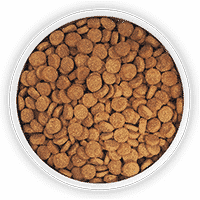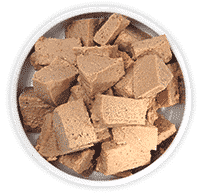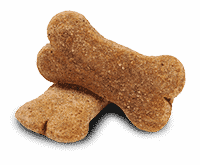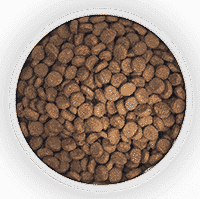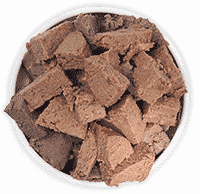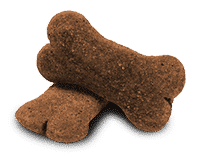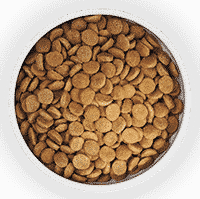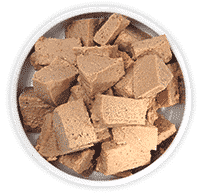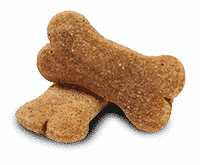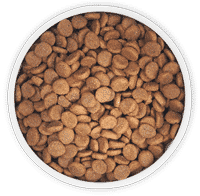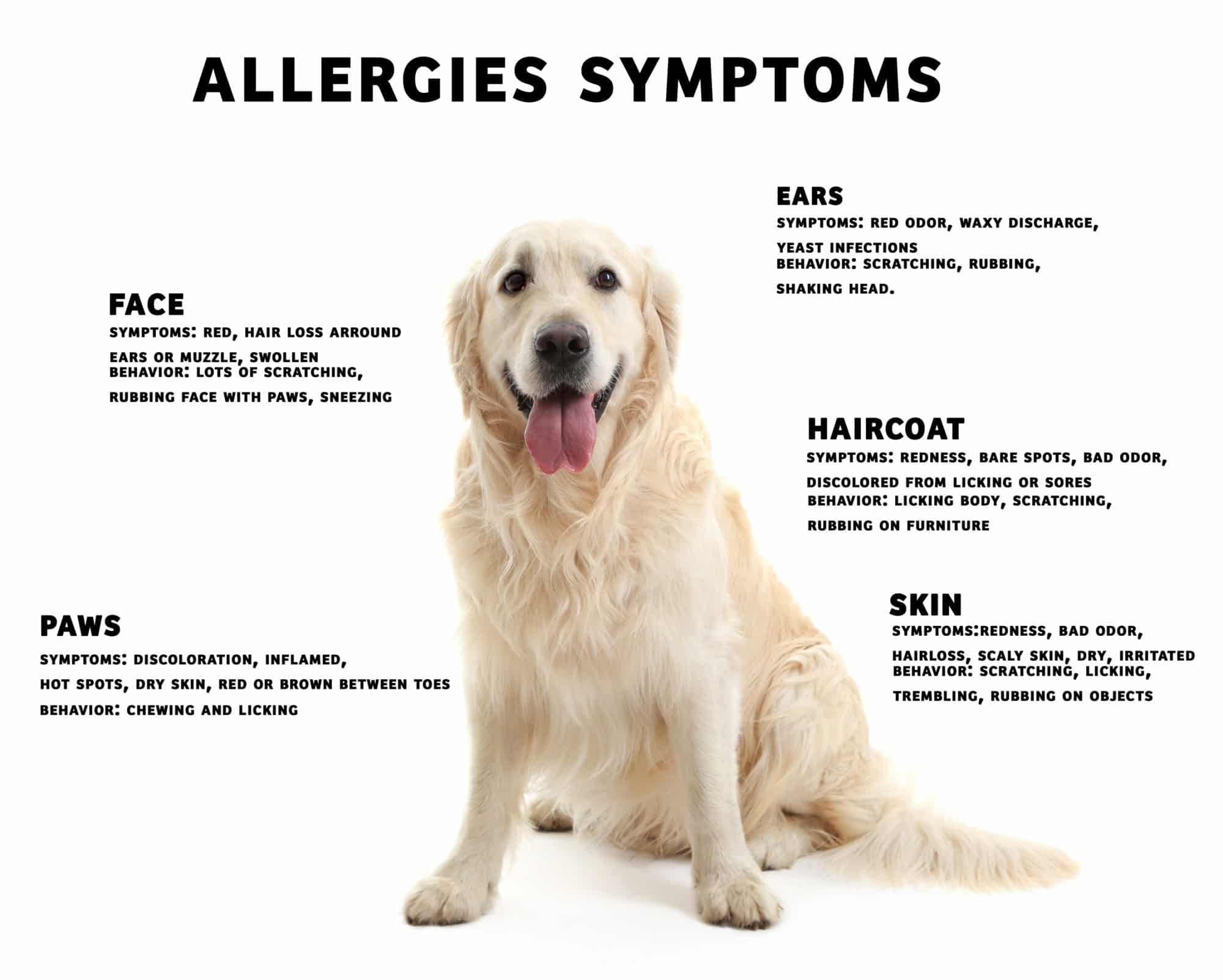It’s that time of the week again: Q&A with Dr. Quest!
Have a dog with allergies? Don’t worry, you are not alone. Just like how we deal with allergies, our pups can to! Whether is seasonal allergies or food allergies, dealing with allergies can be tough for your pup.
This week for Q&A with Dr. Quest, we go over dog allergies and how we can help our pups be more comfortable.
Is there any medical procedure to check what your dog is allergic to?
Most allergies in dogs will be to things in the environment. If your Veterinarian suspects your dog has an environmental allergy he/she may recommend allergy testing. There are several types that include blood (serum) allergy testing and skin allergy testing. Skin allergy testing is usually the most diagnostic to determine exactly what your dog may be allergic to.
Even though food allergies are much less common than environmental allergies they do occur. The only definitive way to diagnosis an allergy to a specific food is through an “elimination” diet test. This is done by having a dog eat only a specific food containing a single protein and single carbohydrate that it normally doesn’t eat for at least a month. During this time it is expected that the symptoms of food allergy will decrease. Then one at a time each individual protein can be reintroduced to the dog’s diet to see if the dog’s immune system reacts to that protein. Depending on how the dog tolerates each protein re-introduced into the diet will determine what the dog is actually allergic to.
What does an allergic reaction look like in a dog?

In people environmental allergens like mold and pollen typically cause upper respiratory symptoms and these can be seen in dogs but more commonly dogs exhibit itchy skin that can manifest as dogs chewing their feet and scratching their face and ears. It is important to rule out any infectious or other causes of skin problems too. Food allergies may also cause similar skin symptoms in addition to GI problems and it is important to differentiate which type of allergies a dog is dealing with. Food allergies and intolerances may also manifest as GI problems as well
What are the most common allergens that dogs have?
Common environmental allergens for dogs include fleas (flea saliva), molds, pollens and dust mites.
The most common food allergy offenders in dogs are chicken, beef, wheat, corn, soy and egg. And I will say that food allergies in dogs are not near as common as environmental allergies.
What is the best way to treat your dog with allergies?
The best way to “treat” allergies is to avoid what your dog is allergic to. The first step is to identify what that is through a good history and observation of time of the year it happens, where it happens and how the allergy manifests itself. Strict and effective flea/tick control is important because flea contact dermatitis is the most common cause of skin environmental allergies in dogs. Corticosteroids, antihistamines and other medications like cyclosporine can be used to help with the symptoms of environmental allergies. Desensitization treatments can lessen the severity of symptoms in some cases as well.
If a definitive food allergy is diagnosed by your Veterinarian strict avoidance of that food or foods is highly recommended.
How to make your dog feel more comfortable during the allergy season?
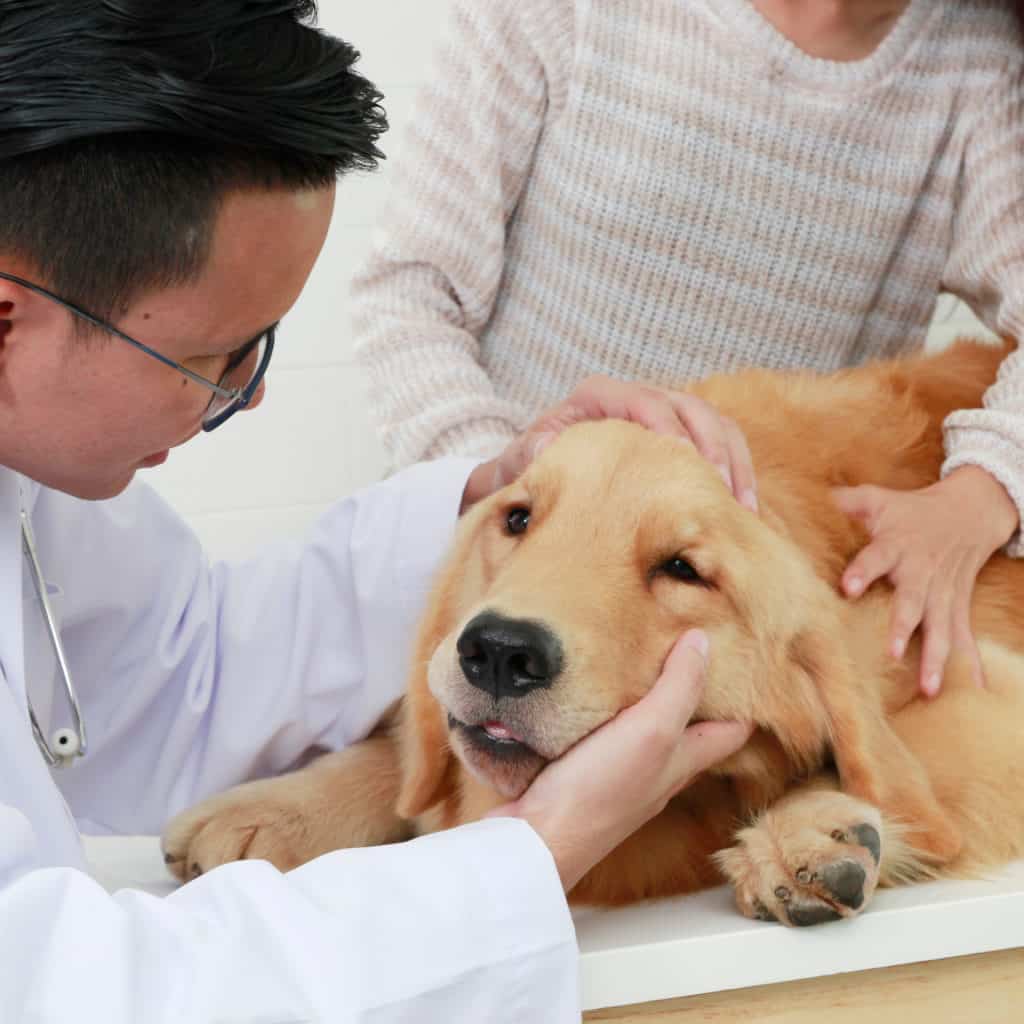
By knowing what your dog has historically had problems with is important. This can be determined by time of the year and depending on where you live in the country that can vary because warmer wetter climates may have more consistent year-round environmental allergens.
If your dog needs medication to keep it comfortable during a particular time of the year it is important to visit with your Veterinarian in anticipation of that.
I would also like to mention allergens that can occur inside the home. Some dogs, like some people may have allergic reactions to dust mites in the home. In these cases it is important to eliminate or thoroughly clean things like carpet, blankets and dog beds where the dust mites live.
